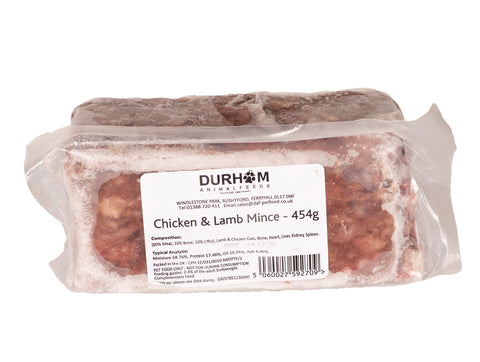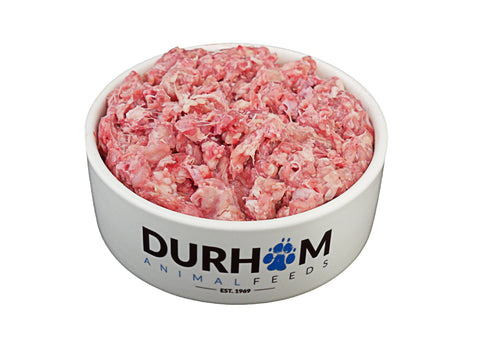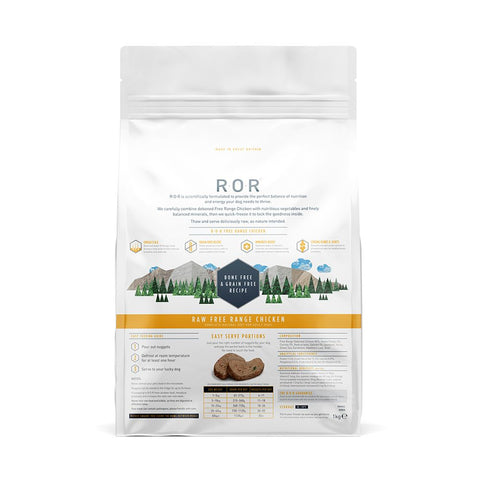Tetras, Rasboras & Danios

Introduction
These three fish groups belong to the families Cyprinidae (rasboras and danios), Characidae, Lebiasinidae, and Alestidae (tetras). Danios and rasboras originate from Asia, while many of the tetras are found in the Amazon basin in South America and Africa. However, the vast majority of aquarium specimens are captive bred at farms throughout the world.
Water Requirements
Although these fish originate from different parts of the world, the water conditions they like are quite similar. As with all fish, these three species all require good water quality and, wherever possible, the water parameters should be within levels set out below:
Temperature: 18 to 27C
pH: 6.5-8
Ammonia: 0mg/l (0.02mg/l may be tolerated for short periods)
Nitrite: 0mg/l (0.2mg/l may be tolerated for short periods)
Hardness: Moderately soft ñ hard (5 to 19dH)
Biology
There are over 150 species of tetra in the three families listed above. Not all the members of these groups are suitable to be covered in this leaflet, for instance, the Red-Bellied Piranha, which is a member of the Characidae family.
There are 70 members of the Rasbora genus, although there are only a handful found in the aquarium trade. All of these fish are relatively small, making them good fish for smaller tropical community set-ups.
Their body length varies from species to species, however, in general, the most common aquarium species range from 3 to 15cm. Although small, these fish can live several years in a well-matured set-up with good water quality.
Tetras can be identified by a small fleshy fin known as an adipose fin situated between the dorsal (back) and caudal (tail) fins. Arguably, the Neon tetra is the most recognised tropical freshwater aquarium fish.
These fish are found in schools in the wild and like to be kept in groups in a home aquarium.
Aquarium Requirements
These small species do not generally require large tanks. An aquarium of 45 litres would allow a shoal of five or more to be housed. It is not advisable to keep these fish in smaller numbers because they may not thrive.
Ideally, the tank should have a swimming space with live plants so that the fish have plenty of cover. The background of plants can help you better appreciate the wonderful colours of the fish and can also act as a spawning area for the fish.
Be aware that too powerful a filter may be detrimental to the shoaling behaviour of the fish because strong currents can sweep them around the tank.
These fish may adapt to the various water types throughout the country. Many will thrive in harder water once acclimatised. You may get better colouration from these fish if the tank water is adjusted to the parameters listed earlier. Ask your retailer for help on how to achieve this. Changing the parameters of the water in which the fish are kept should always be done slowly over a number of weeks to avoid stressing the fish.
Maintenance
At least once every two weeks a partial water change of 25 to 30% is strongly recommended (a siphon device is useful to remove waste from the gravel). The water should be tested regularly to ensure pollutants such as ammonia and nitrite do not build up. Ensure you either allow the replacement water to stand or aerate it to
remove any chlorine present. Ideally, treat all replacement water with tap water conditioner before adding to the aquarium.
Filters should be checked for clogging and blockages. If the filter needs cleaning, then do not run it under the tap as any chlorine present may kill the beneficial bacterial population that has established in the media. Instead, it can be rinsed in the tank water which is removed during a partial water change as this reduces the amount of bacteria which are lost.
Good husbandry is essential as these fish can be stressed by even the smallest amounts of ammonia and nitrite. Test the water to monitor the ammonia, nitrite and nitrate levels every week, especially during initial set-up and after adding extra fish.
Feeding
These groups of fish are all omnivorous. However in the wild it is common to find these species preferentially feeding upon a meaty diet including small crustaceans and insect larvae.
The fish are normally captive bred and they should accept most aquarium foods readily, including flakes as well as Tubifex and frozen and live foods. The fish should be fed what they can eat in a few minutes 1 or 2 times a day. Remove any uneaten food to reduce waste build up.
Potential Problems
A water quality problem will affect fish behaviour and can be shown by clamped fins, reduced feeding, erratic swimming and gasping at the surface. Immediately test the water if any of these symptoms are shown. If in doubt ask your OATA retailer for advice.
Compatibility
The small size and simple husbandry requirements of these groups make them one of the most popular beginner fish to community tanks. Avoid keeping them with large aggressive fish which could make an easy meal out of these small species.
Good tankmates include other tetras, livebearers, Plecostomus and other non-aggressive species.
Breeding
Before attempting to breed from any of these fish, it is important to know the difference between males and females.
In general, the females will tend to be a little larger and slightly plumper in the body than the males.
Each species has slightly differing breeding requirements. As most of the fish which are commercially available are captive bred, breeding at home may be possible. Ask your OATA retailer for more advice regarding the species which you are keeping.
Checklist
Before purchase make sure that:
You have the appropriate equipment and position for the aquarium.
You have researched all the species you are interested in and your final choices are all compatible.
You are familiar with how to transport and release your fish.
You are aware of the daily, weekly and monthly maintenance your aquarium will require.
You are prepared to look after your fish properly for the duration of their life.
Equipment
Glass or plastic aquarium
Gravel cleaner
Water testing kit
Tap water conditioner
Gravel
Filter
Heater and thermometer
Food
Before purchase make sure:
The aquarium is of a suitable size
Water parameters are as advised
If adding to existing set-up ensure fish are compatible
Important things to remember
Always buy…
test kits and regularly check the water for ammonia, nitrite, nitrate, and pH. This will allow you to make sure the water in your aquarium is not causing welfare problems for your fish.
Establish a routine…
for testing the water in your aquarium. Record your results to enable you to highlight fluctuations quickly. Also check the temperature of the water.
Maintain…
the water in the aquarium within the accepted parameters highlighted in this leaflet. You may need to do regular water changes to achieve this.
Always wash your hands…
making sure to rinse off all soap residues, before putting them into your aquarium. Wash your hands again afterwards and certainly before eating, drinking or smoking.
Never siphon by mouth…
A fish tank can harbour bacteria which can be harmful if swallowed. Buy a specially designed aquarium gravel cleaner which can be started without the need to place the siphon in your mouth.
Credit to OATA











